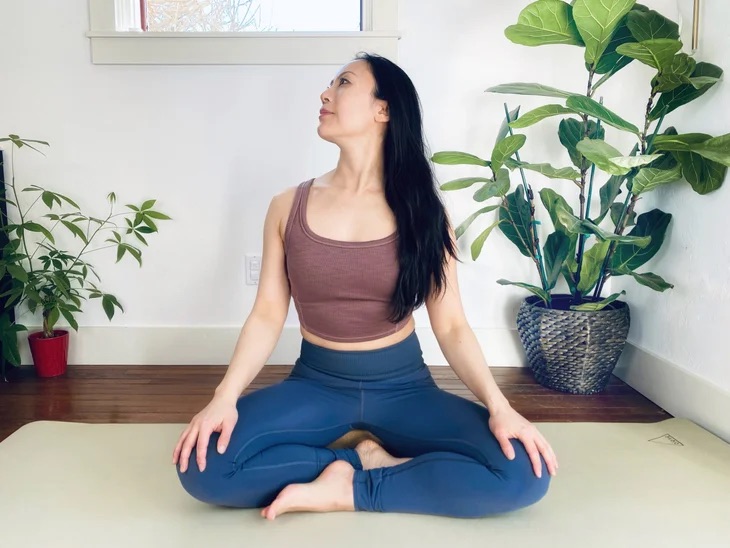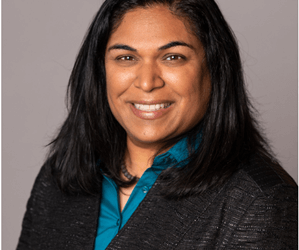By Atul Vyas
Stiff neck and pain in the neck often occurs when one of the facet jo that links the vertebrae in the spinal column is suddenly twisted or jerked.
The vertebrae is more or less cylindrical with a flat surface at the top and bottom, and a small hole running vertically through each towards the back edge. When these vertebrae are aligned, they form a channel-the spinal or neural canal which contains and protects our spinal cord.
The back of each vertebrae has seven projections called processes. These are arranged in three pairs called the spinous processes.These spinous processes are the knotty bits that run all the way down the spine.
These spinous processes sit in between six paired processes, three on either side. Two of the pairs – the upper articular process and lower articular process – acts as joints linking our vertebrae and strengthening our spine.
The facet joints are the meeting point between each vertebrae. It is here that the lower articular processes of the first vertebrae link up or articulate with upper articular processes of the second. The surfaces of these processes are smooth and flat like the facets of a diamond hence the reason that joints are called facet joints.
So any awkward twisting or bending of the neck can injure the ligaments, muscles, or the capsule of a facet joint.A joint that is damaged may stick or lock making movement difficult as well as painful.
In such conditions, the disabling pain in the neck is accompanied by restricted movement. This restricted movement may be limited for only a few weeks or can last for months, unless one gets appropriate treatment.
There are many yogic exercises to loosen stiff necks but one mentioned below not only helps in recuperation of stiff neck but also prevents stiff neck or facet joint injury. The yogic exercise is known as neck rotation.
Technique
- Look straight ahead keeping your spine in a neutral position
- Keep the upper body relaxed, and arms loose by the sides
- Move the head slowly to the side to look over your right shoulder
- Turn only as far as it is comfortable and hold for few seconds
- Move head back through the standing position and then to the left shoulder without straining
- Return to start position
- Repeat the process four times to begin with
Benefits
- Helps to ease neck ache
- Maintains neck flexibility
- Delays or prevent age related stiffness
- Reduces muscular tension in neck and shoulders
- Helps in recovery from any facet joint injury
Note of Caution
- Do not jerk in any condition
- Expert supervision needed, if there is any prior history of neck pain

The author likes to be called a “Yoga Scientist”. He is a celebrity yoga trainer and has trained several top Hollywood and Bollywood stars. He has trained for years under many eminent yoga gurus including his illustrious mother Daya Vyas, the first lady yoga guru of India.











